OdysseyOutdoorEmporium
Outdoor down sleeping bag 210cm*80cm single person thick and warm camping sleeping bag -10°C to 20°C can be spliced sleeping bag
Outdoor down sleeping bag 210cm*80cm single person thick and warm camping sleeping bag -10°C to 20°C can be spliced sleeping bag
Couldn't load pickup availability
SPECIFICATIONS
Applicable People: Adult
Category: Down Sleeping Bag
Choice: yes
Comfortable Temperature Scale: [-10℃~-20℃]
Fabric: Terylene
Filling: Duck Down
Hign-concerned Chemical: None
Length: Lengthened (1.8 m-2 m Height)
Model Number: ZY0016
Season: Spring & Autumn,Winter
Single/Double Sleeping Bag: Splicing Double Sleeping Bag
Size: 210cmX80cm
Sleeping Bag Temperature Scale Category: Winter Sleeping Bag
Style: Envelope Type
Type: Cold Weather
is_customized: No
Feature:
Fabric: 320T Nylon ripstop; Filler: Feather silk
Soft Fabric: The outer layer of the camping sleeping bag is made of 320T Nylon ripstop, and the lining is made of 320T Polyester, which is soft and skin-friendly. Filled with Duck down.
Preference Temperature: This versatile sleeping bag, filled with 400-1000gDuck down, is designed for use with a temperature range of 14°F to 68°F (-10°C to 20°C), making it ideal for Autumn and Winter. Suitable for both adults and children, these backpacking sleeping bags are indispensable camping essentials, suitable for outdoor adventures such as camping, hiking or sleeping in the car.
Save Space: The travel sleeping bag measures (180+30) x 80 cm in size. Additionally, our compact sleeping bag is designed for easy folding and includes an Oxford cloth storage package, offering convenient storage, space-saving benefits, and effortless portability.
Use and maintenance of sleeping bags
1. Attention:
① Please fully stretch your sleeping bag 1-2 days before engaging in outdoor activities to fully utilize its insulation performance in the wilderness. Put the sleeping bag into the compression bag before departure.
② If time permits in the campsite, turn the sleeping bag upside down in the morning and place it on the top of the tent or in a dry, ventilated, and sunny environment to help dry the sleeping bag, but avoid strong sunlight exposure.
③ The fabric of down sleeping bags usually has anti splash function, but if the weather is extremely humid on the way, please seal the sleeping bag with a plastic bag to prevent humid air from entering the sleeping bag.
2. There are several ways to improve the insulation performance when using a sleeping bag:
① Equipping a high-quality moisture-proof pad is very important, as experienced by campers. If the cold air reaches their back from underground, it is unbearable;
② If possible, drinking a hot drink before bedtime, such as milk or juice, can make the body warm up;
③ Eat a comfortable meal before bedtime, especially supplementing carbohydrates (starch, sugar);
④ Wearing a long set of warm underwear and socks can be very effective. When encountering extremely cold weather, you can wear more clothes or cover your sleeping bag with clothes and other items;
⑤ Squeeze into a tent with more people;
⑥ Point a gas lamp or stove in the tent while ensuring safety.
3. Cleaning of sleeping bag: If the sleeping bag is not too dirty, it can be easily cleaned locally.
(1) Hand wash: Soak in neutral detergent or specialized down detergent, rinse thoroughly, do not excessively rub or twist.
(2) Machine wash:
① Sleeping bags can be washed in a front mounted drum washing machine, but cannot be washed in an overhead turbo washing machine.
② Before machine washing, turn the sleeping bag upside down, zip up all the zippers, and fasten the buckles.
③ Choose warm water and gentle mode for the washing machine. Do not use the spin dry function, as strong centrifugal force can damage the sleeping bag fabric and lining.
④ Please wash the detergent and soap foam thoroughly.
⑤ After cleaning, do not pick up the sleeping bag from one side, but from the bottom as a whole, otherwise it will damage the sleeping bag fabric and lining.
⑥ Do not use alkaline detergent, twist or twist, or dry over fire when washing down sleeping bags.
⑦ When drying, try to lay it flat in a ventilated and dry environment or hang it in multiple places to avoid excessive sagging. Avoid direct sunlight, as ultraviolet rays can damage the nylon surface.
⑧ After drying, please continue to shake the sleeping bag and gently pat the tangled area of the down to fully stretch the down. After the sleeping bag is restored to its original state, put it back into the storage bag.
Frequent washing can damage the structure of down, thereby affecting its fluffiness and reducing its warmth. Therefore, while maintaining cleanliness, please try to minimize the number of washes. According to the advice of down experts, it is recommended to clean down sleeping bags once every 4 years.
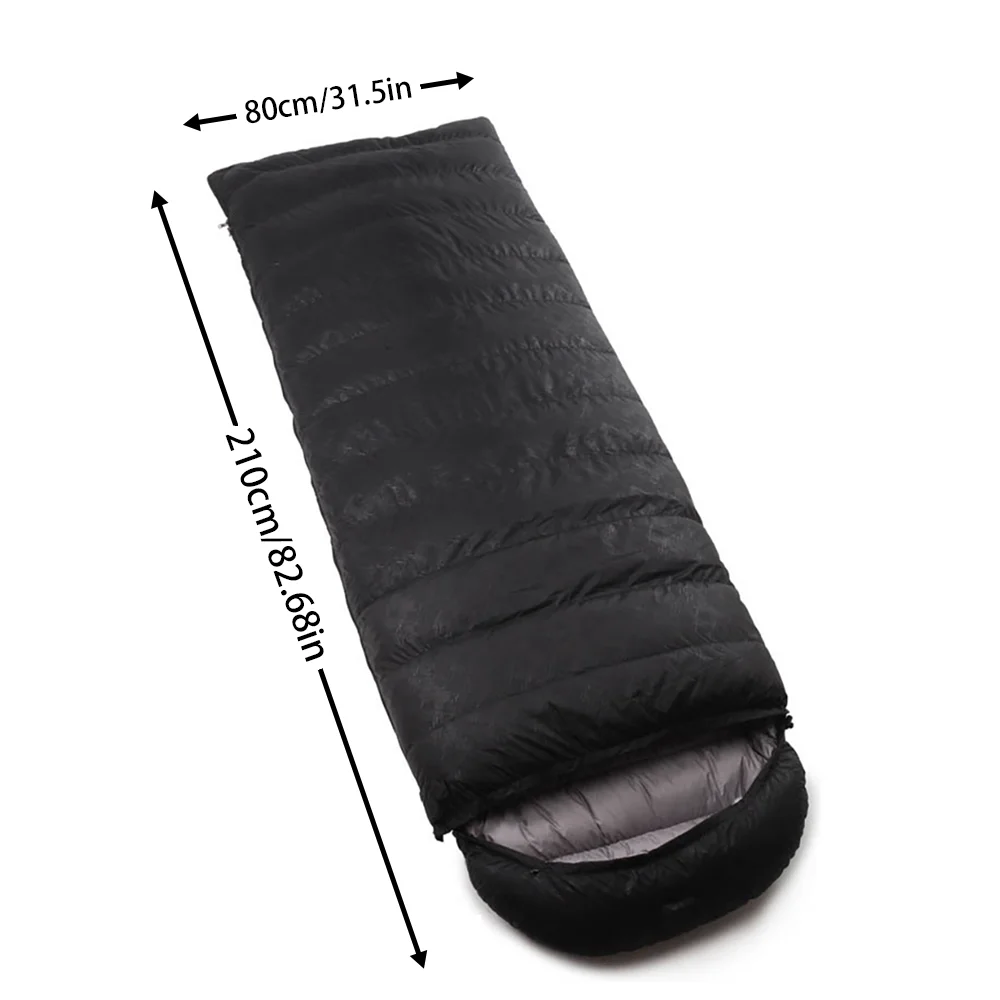
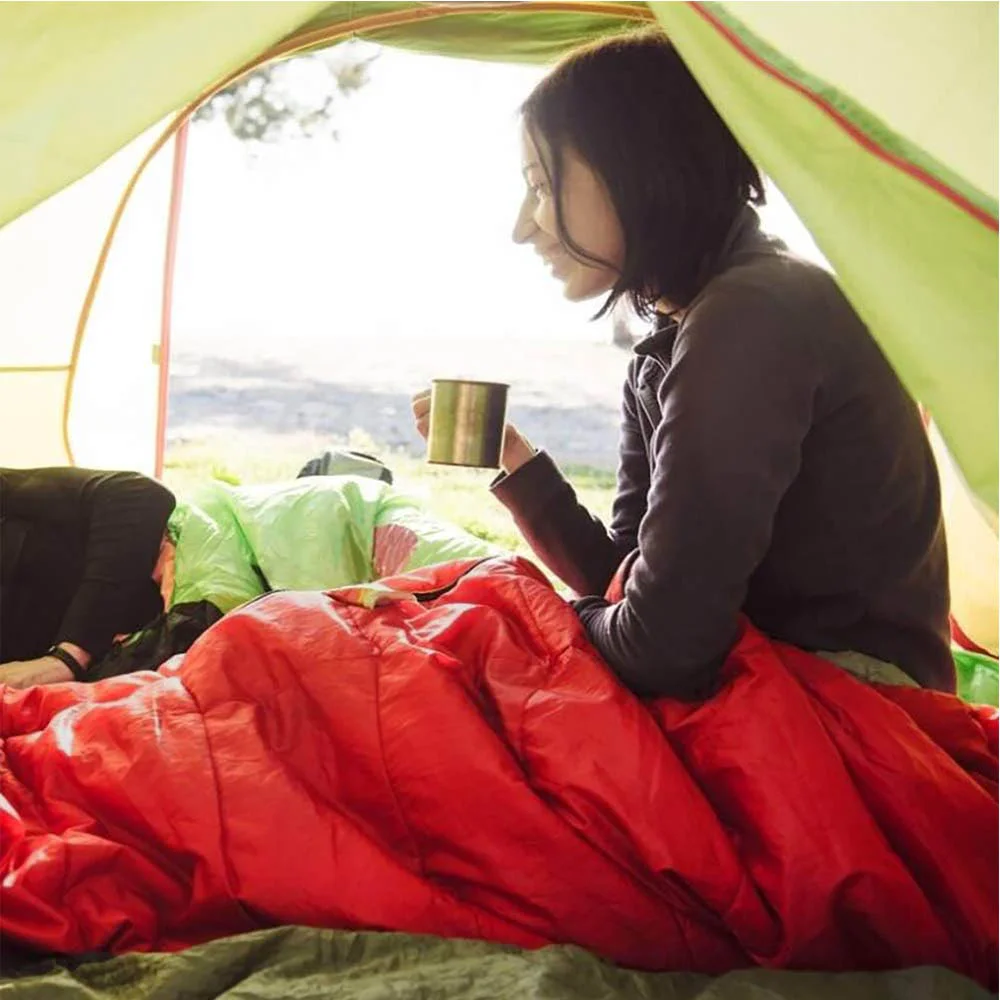
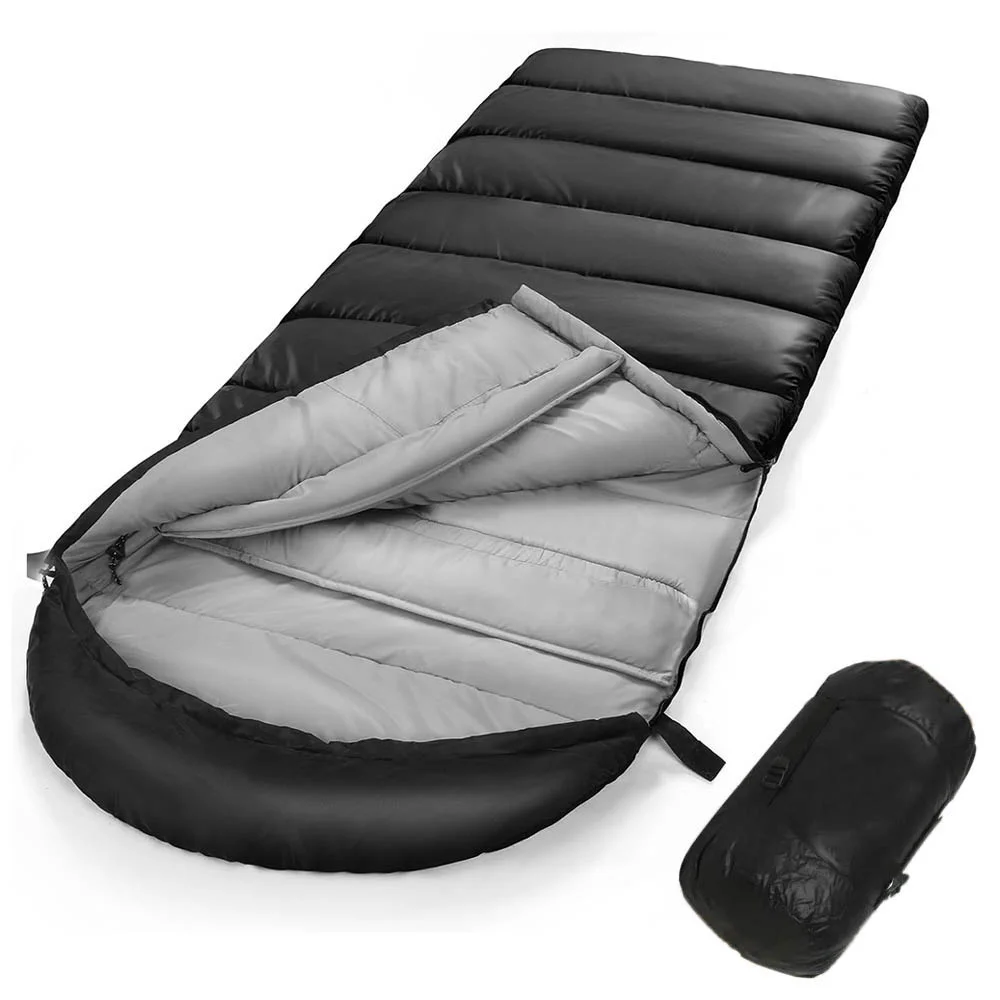
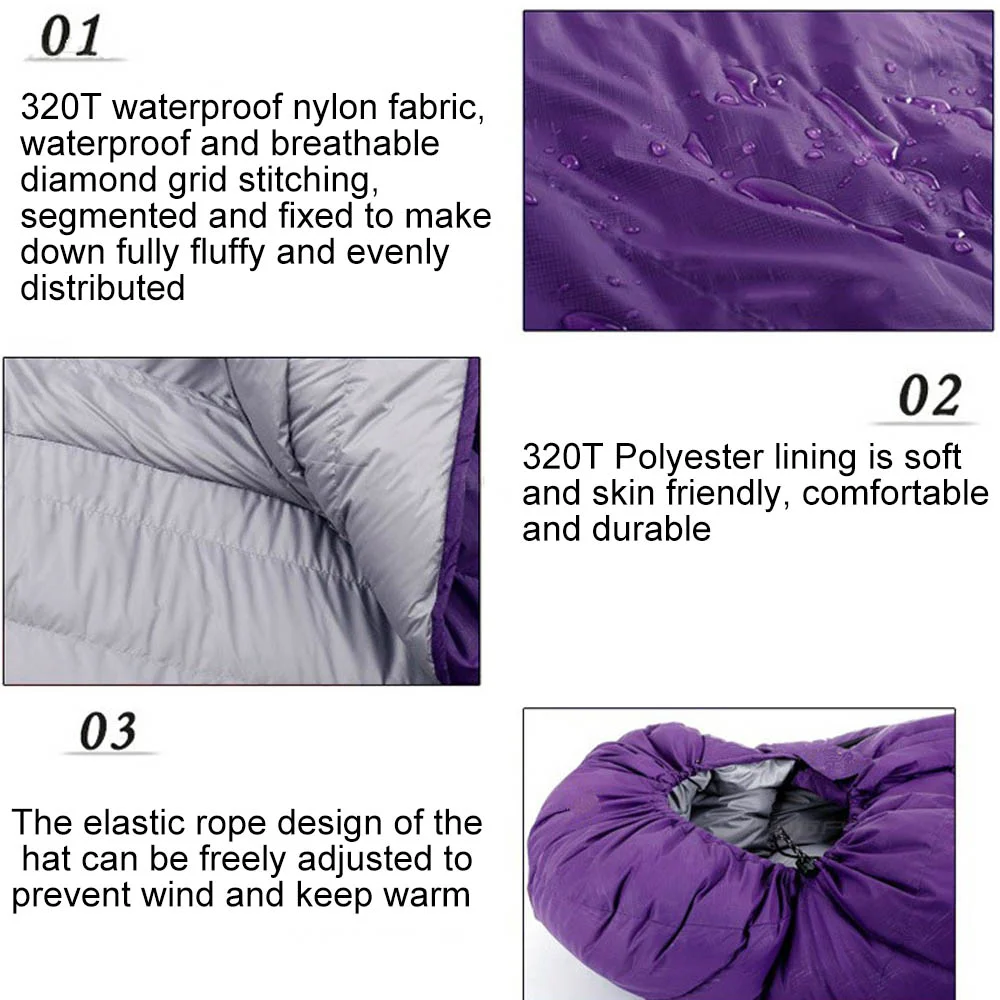
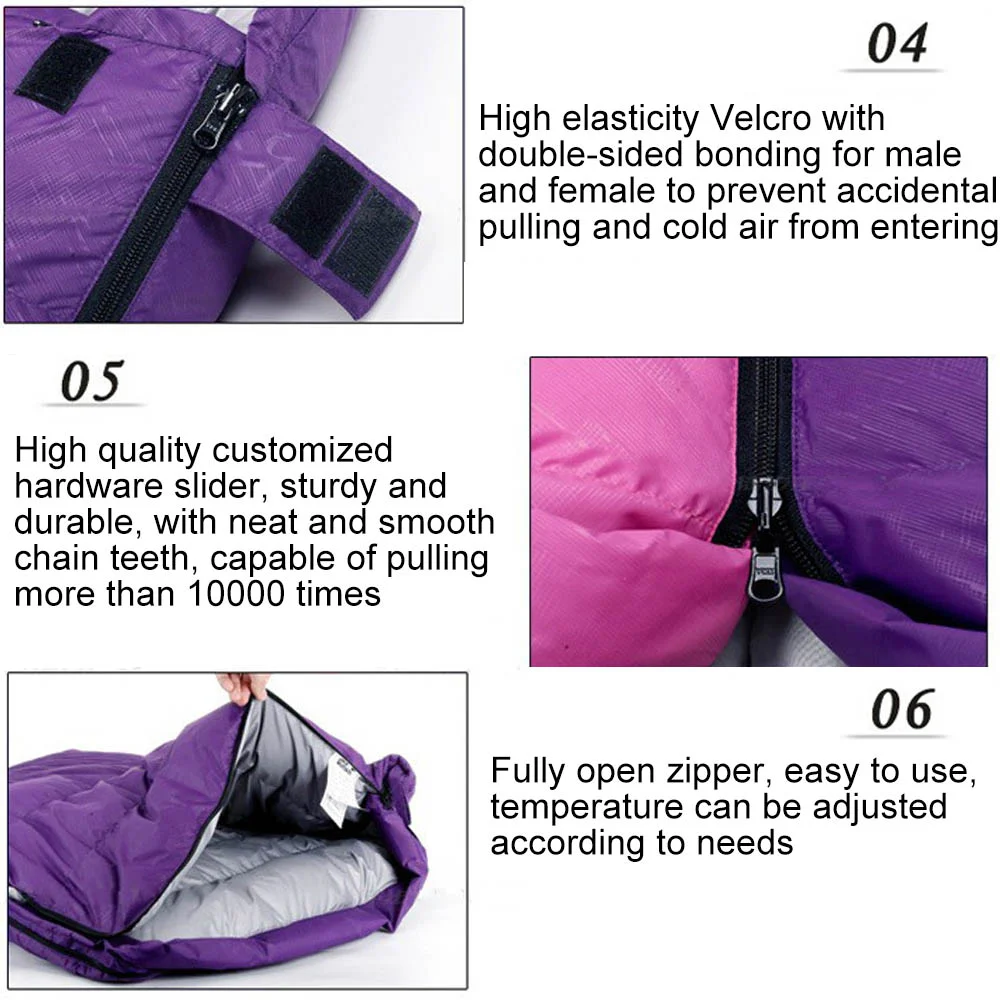
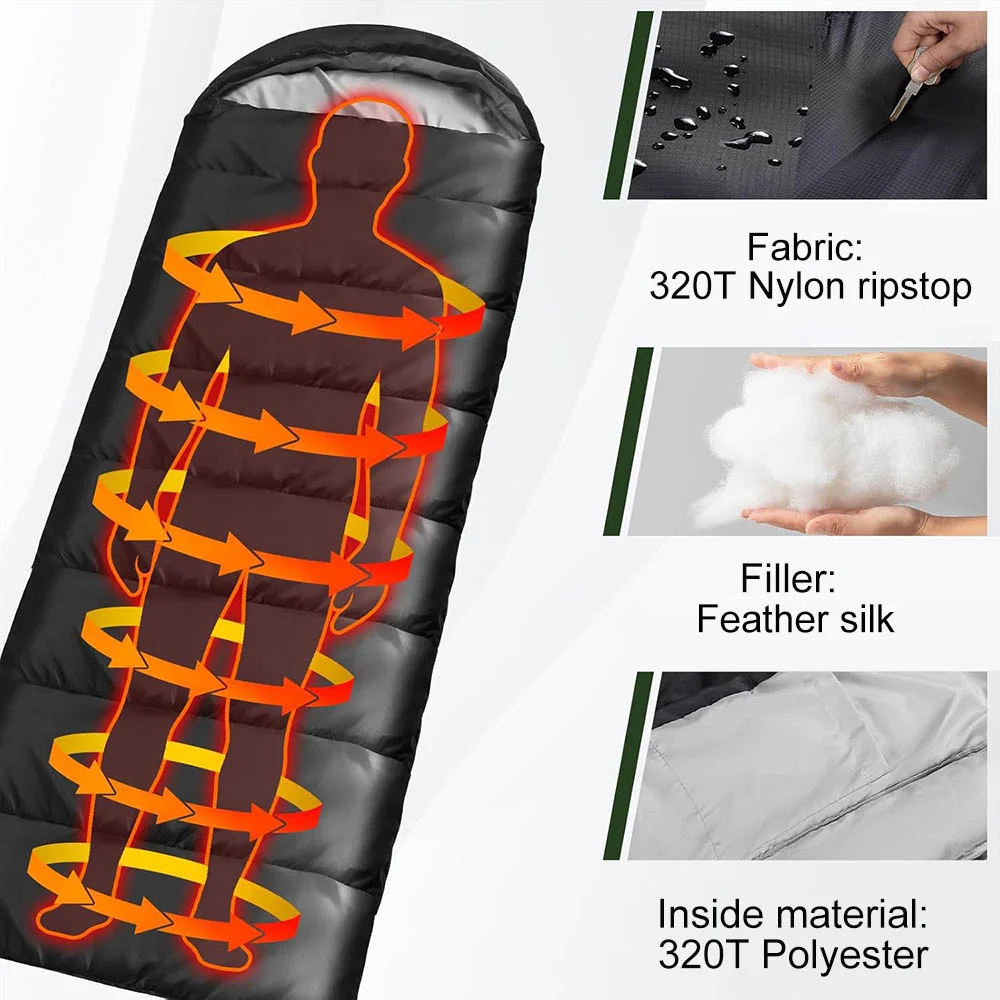
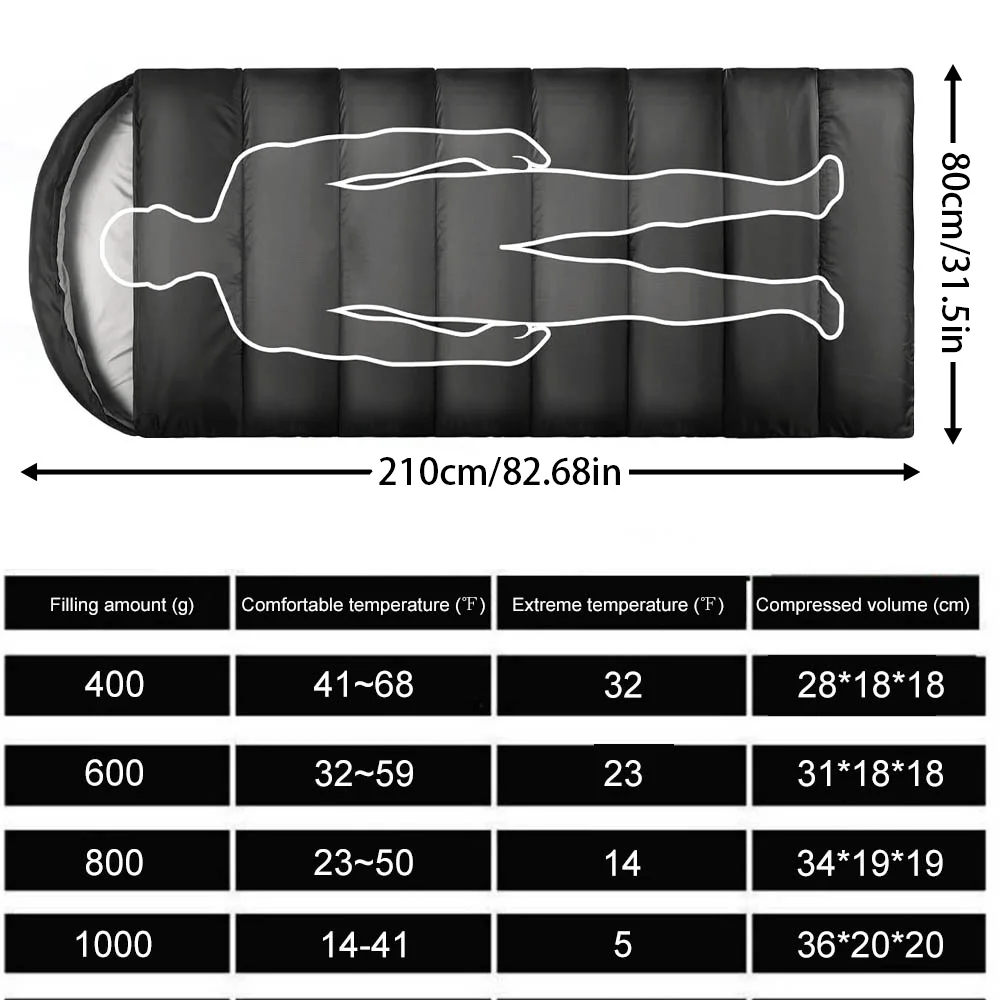
Share




























